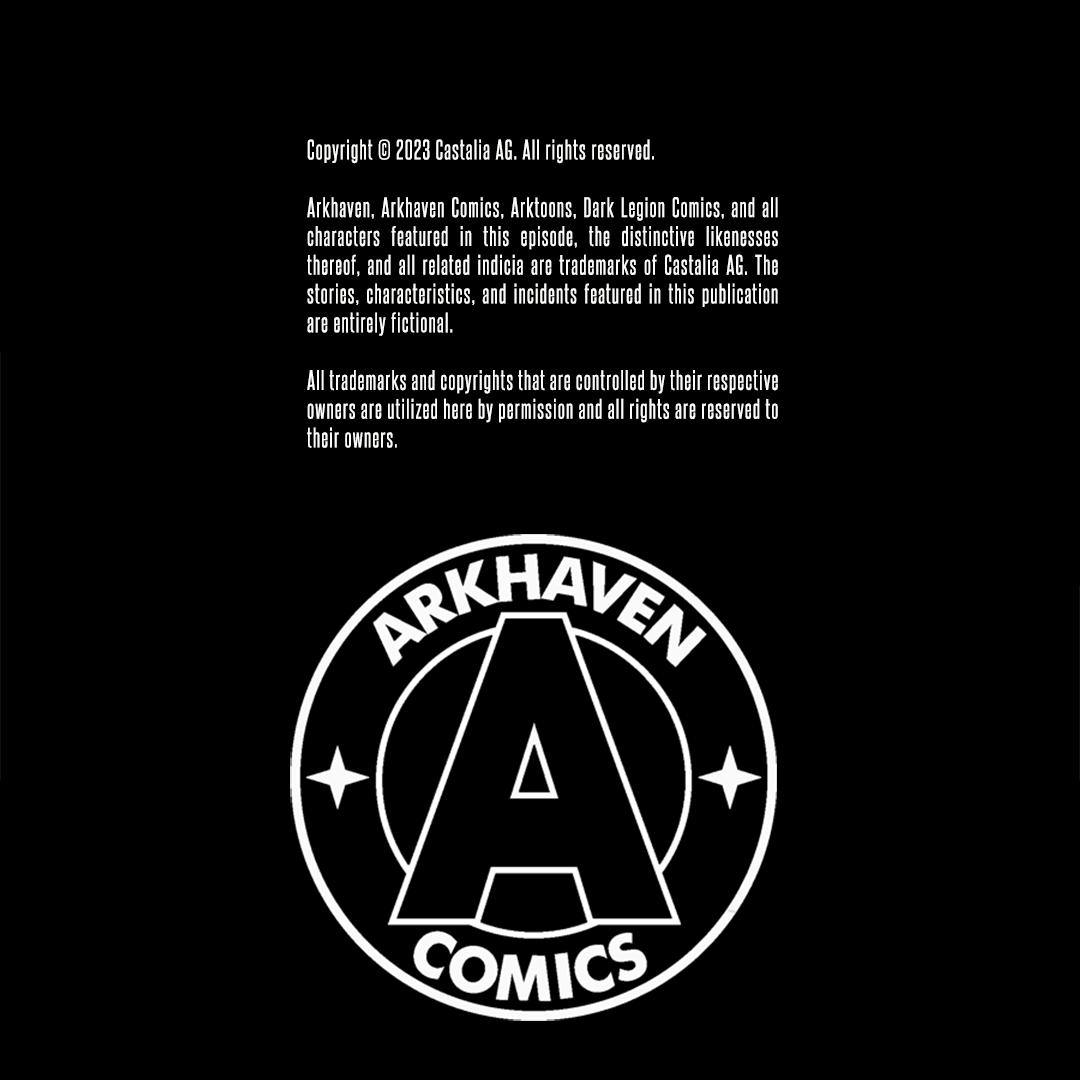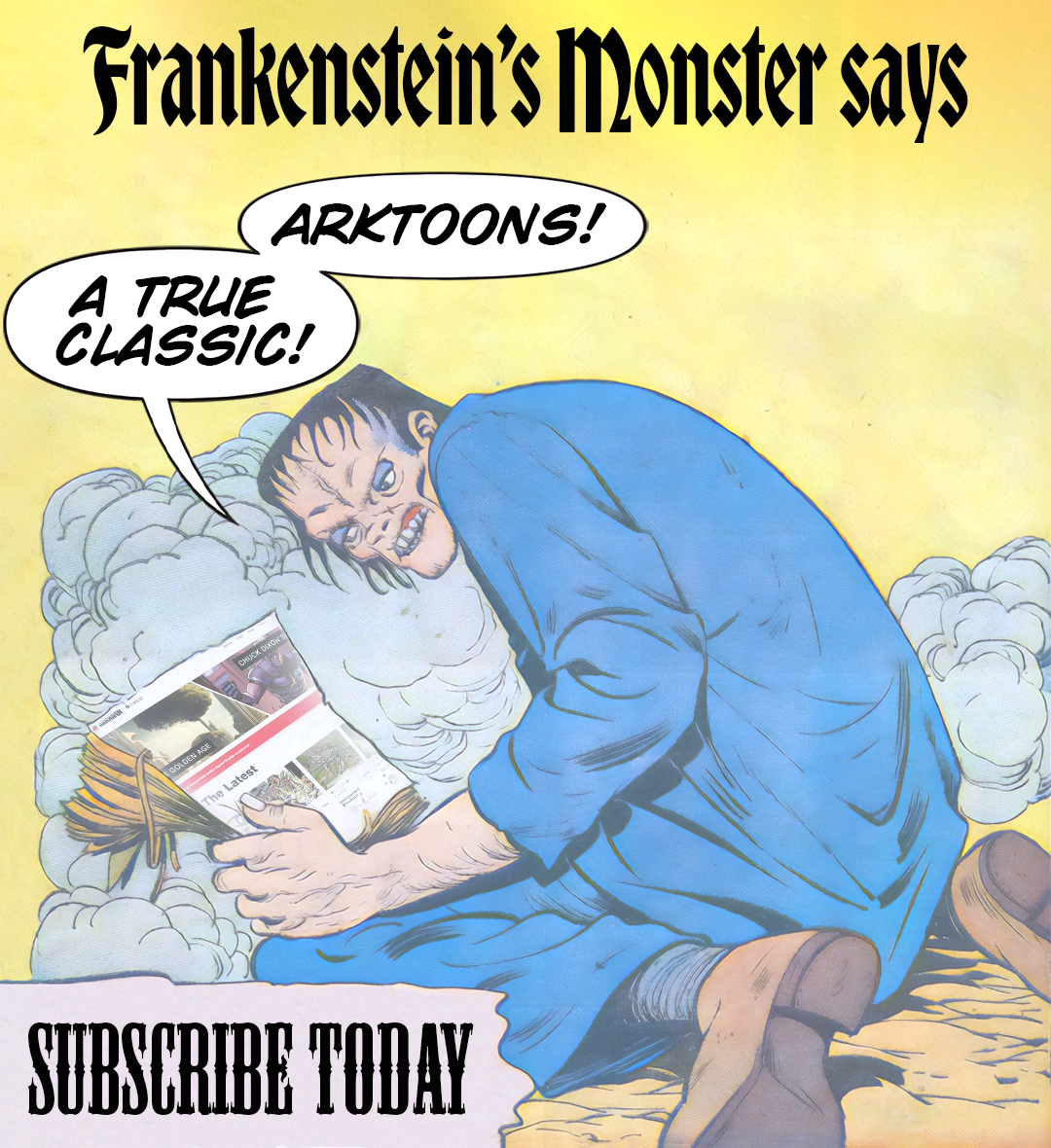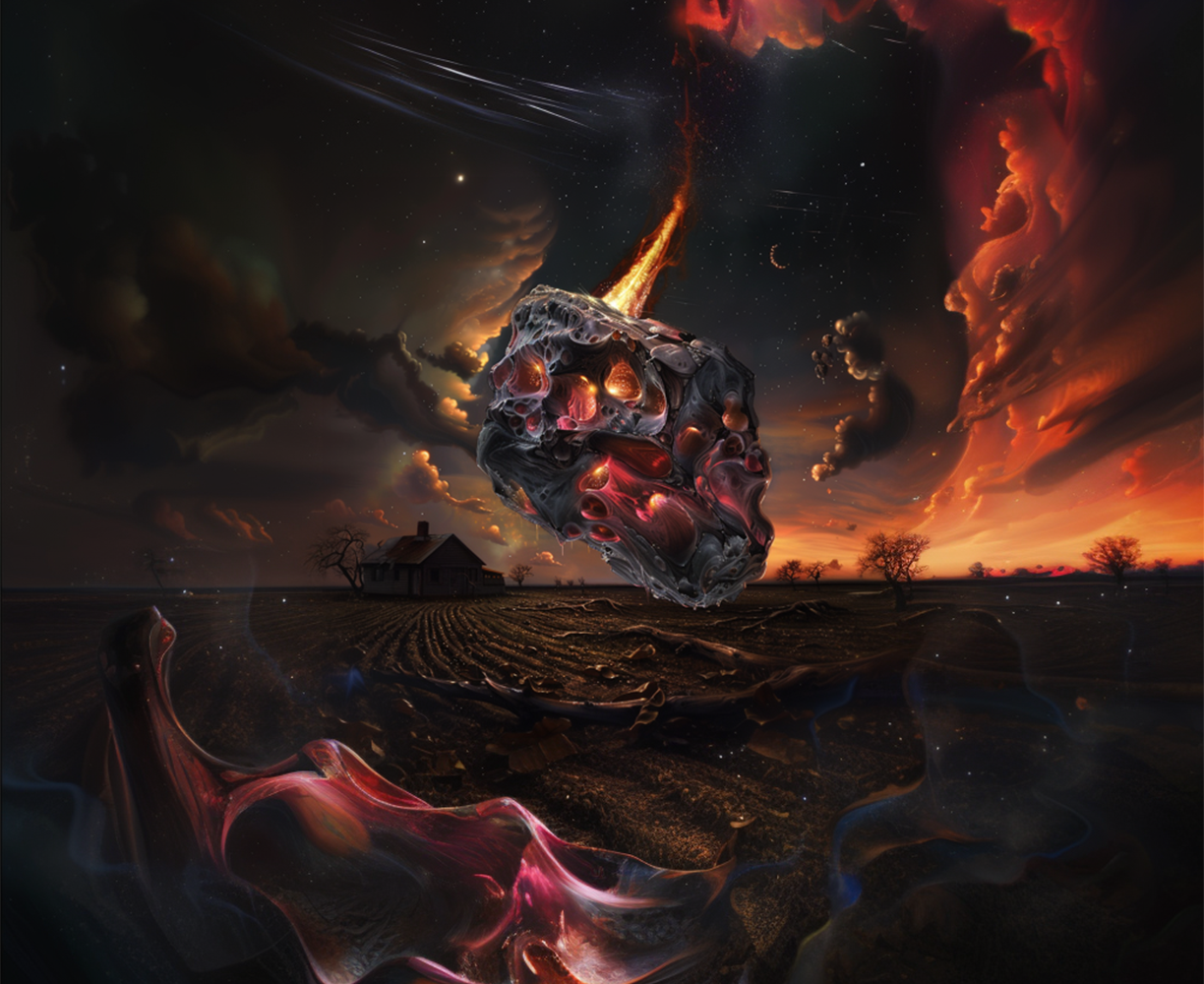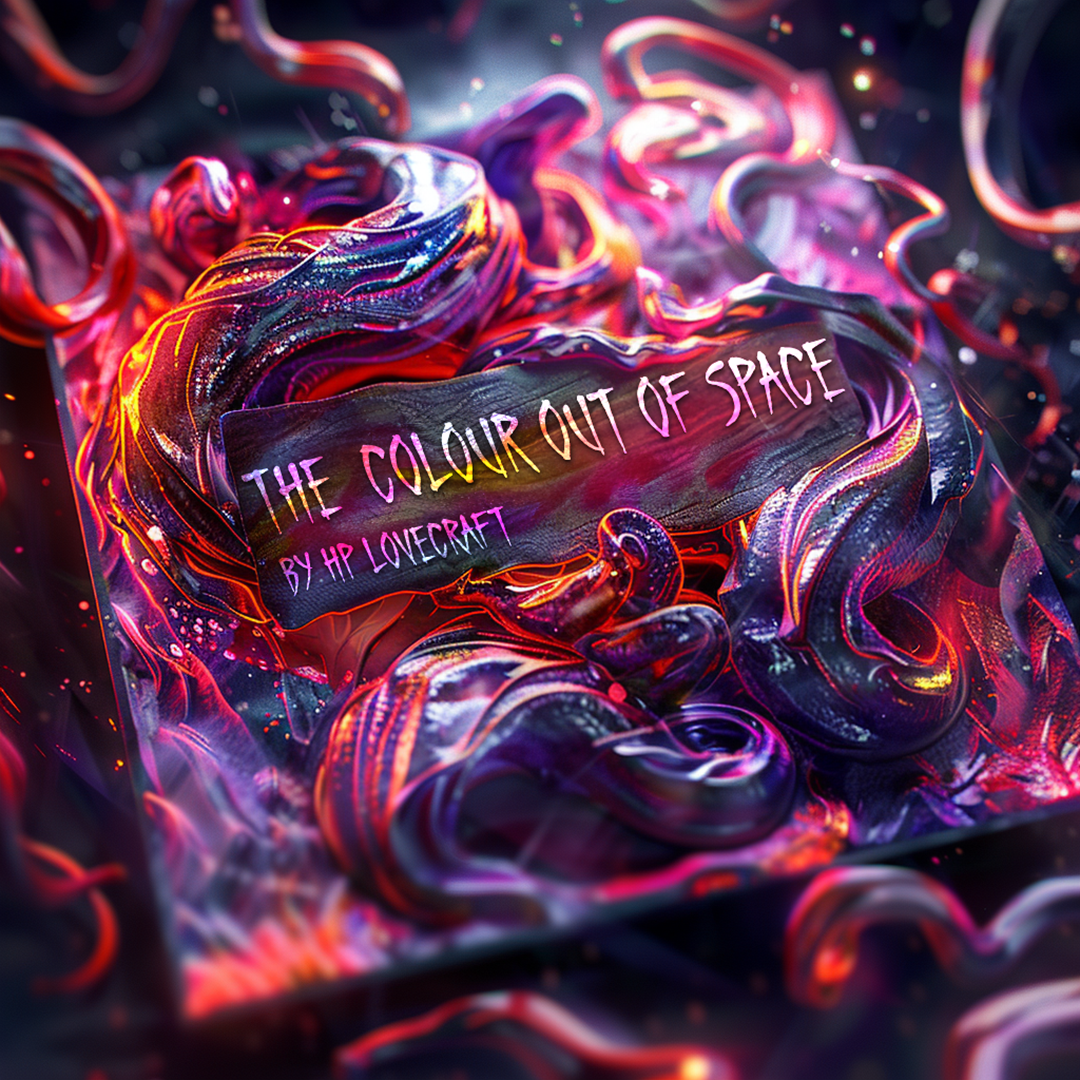
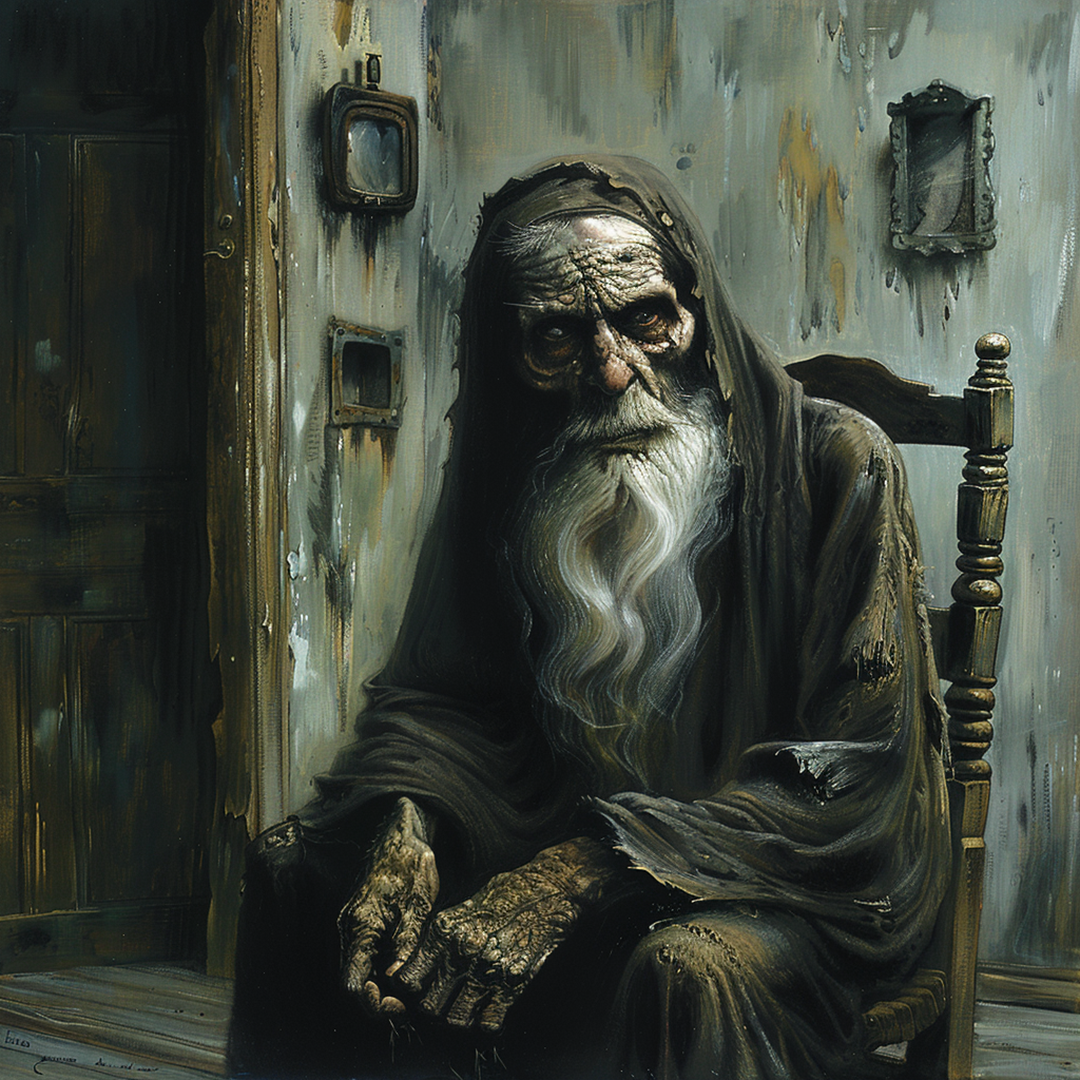
It all began, old Ammi said, with the meteorite. Before that time there had been no wild legends at all since the witch trials, and even then these western woods were not feared half so much as the small island in the Miskatonic where the devil held court beside a curious stone altar older than the Indians. These were not haunted woods, and their fantastic dusk was never terrible till the strange days. Then there had come that white noontide cloud, that string of explosions in the air, and that pillar of smoke from the valley far in the wood. And by night all Arkham had heard of the great rock that fell out of the sky and bedded itself in the ground beside the well at the Nahum Gardner place. That was the house which had stood where the blasted heath was to come—the trim white Nahum Gardner house amidst its fertile gardens and orchards.
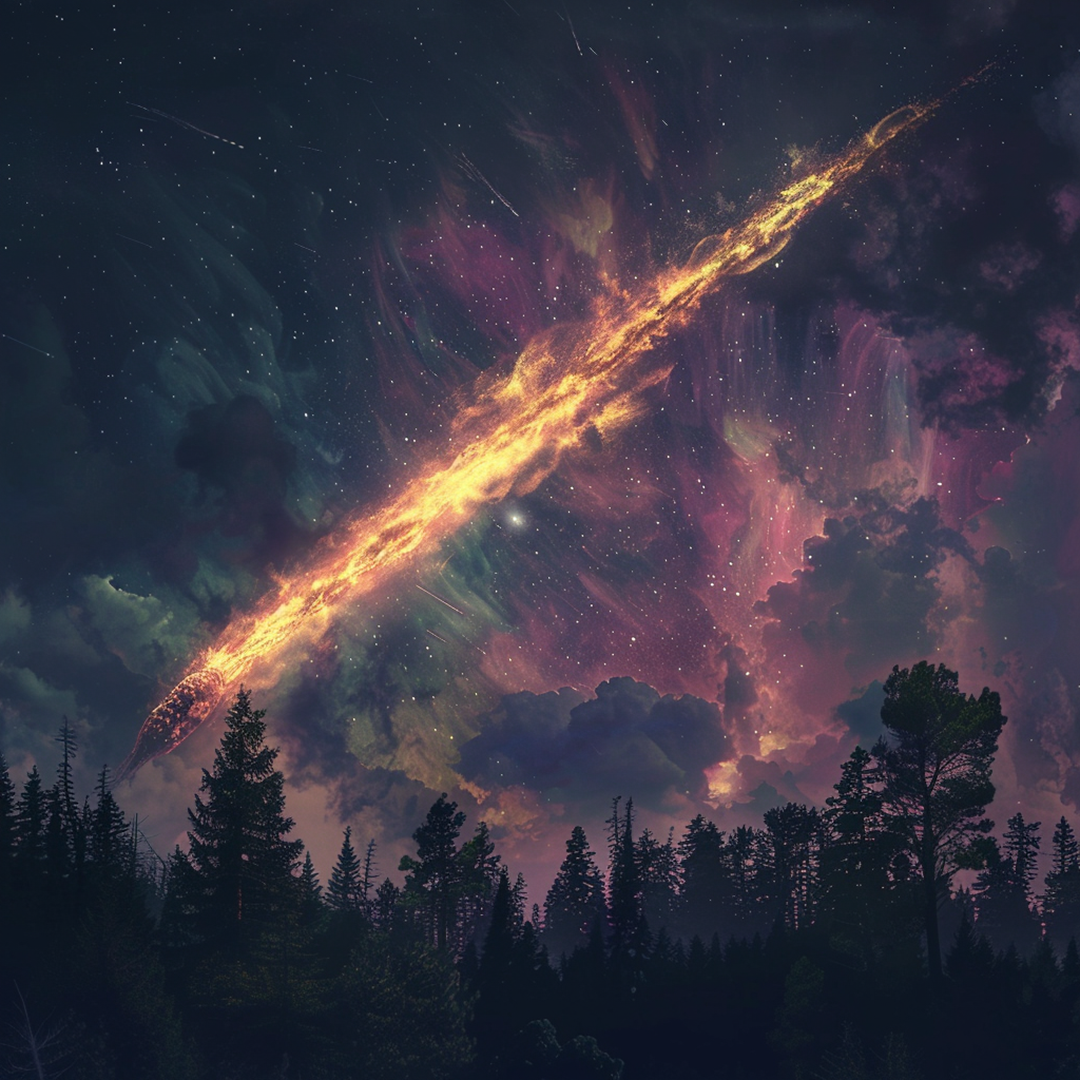
Nahum had come to town to tell people about the stone, and had dropped in at Ammi Pierce's on the way. Ammi was forty then, and all the queer things were fixed very strongly in his mind. He and his wife had gone with the three professors from Miskatonic University who hastened out the next morning to see the weird visitor from unknown stellar space, and had wondered why Nahum had called it so large the day before. It had shrunk, Nahum said as he pointed out the big brownish mound above the ripped earth and charred grass near the archaic well-sweep in his front yard; but the wise men answered that stones do not shrink. Its heat lingered persistently, and Nahum declared it had glowed faintly in the night. The professors tried it with a geologist's hammer and found it was oddly soft. It was, in truth, so soft as to be almost plastic; and they gouged rather than chipped a specimen to take back to the college for testing. They took it in an old pail borrowed from Nahum's kitchen, for even the small piece refused to grow cool. On the trip back they stopped at Ammi's to rest, and seemed thoughtful when Mrs. Pierce remarked that the fragment was growing smaller and burning the bottom of the pail. Truly, it was not large, but perhaps they had taken less than they thought.
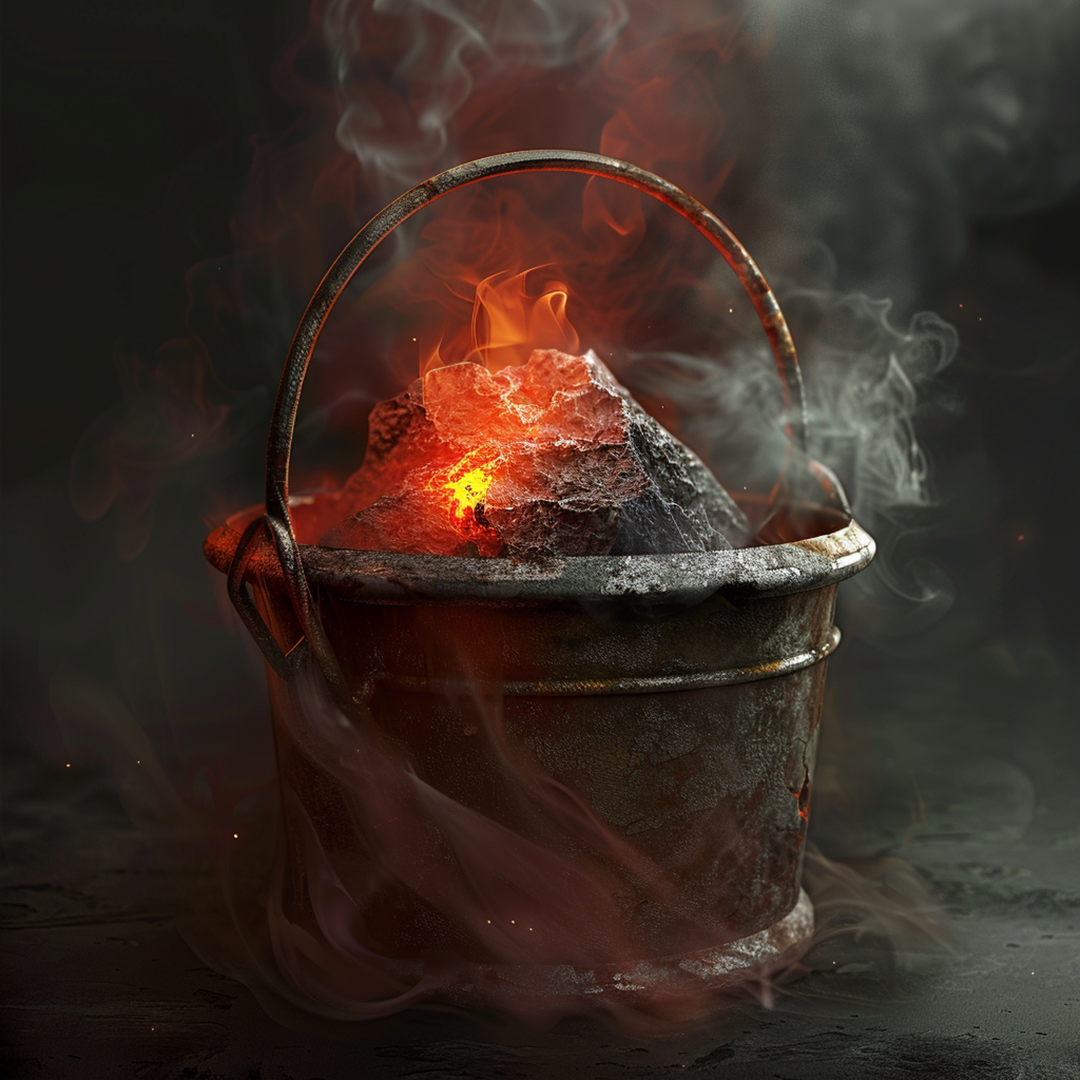
The day after that—all this was in June of '82—the professors had trooped out again in a great excitement. As they passed Ammi's they told him what queer things the specimen had done, and how it had faded wholly away when they put it in a glass beaker. The beaker had gone, too, and the wise men talked of the strange stone's affinity for silicon. It had acted quite unbelievably in that well-ordered laboratory; doing nothing at all and showing no occluded gases when heated on charcoal, being wholly negative in the borax bead, and soon proving itself absolutely non-volatile at any producible temperature, including that of the oxy-hydrogen blowpipe. On an anvil it appeared highly malleable, and in the dark its luminosity was very marked. Stubbornly refusing to grow cool, it soon had the college in a state of real excitement; and when upon heating before the spectroscope it displayed shining bands unlike any known colours of the normal spectrum there was much breathless talk of new elements, bizarre optical properties, and other things which puzzled men of science are wont to say when faced by the unknown.
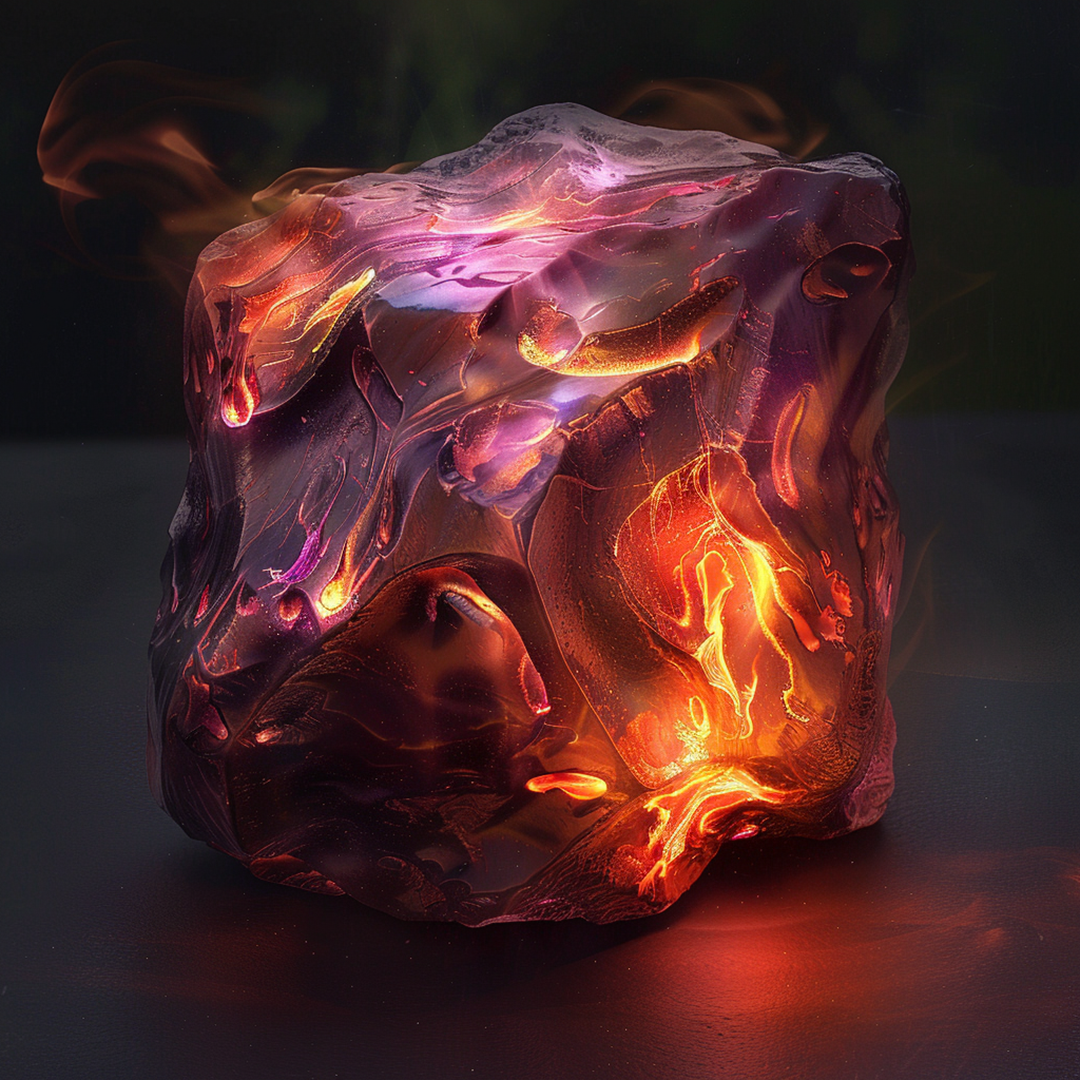
Hot as it was, they tested it in a crucible with all the proper reagents. Water did nothing. Hydrochloric acid was the same. Nitric acid and even aqua regia merely hissed and spattered against its torrid invulnerability. Ammi had difficulty in recalling all these things, but recognized some solvents as I mentioned them in the usual order of use. There were ammonia and caustic soda, alcohol and ether, nauseous carbon disulphide and a dozen others; but although the weight grew steadily less as time passed, and the fragment seemed to be slightly cooling, there was no change in the solvents to show that they had attacked the substance at all. It was a metal, though, beyond a doubt. It was magnetic, for one thing; and after its immersion in the acid solvents there seemed to be faint traces of the Widmänstätten figures found on meteoric iron. When the cooling had grown very considerable, the testing was carried on in glass; and it was in a glass beaker that they left all the chips made of the original fragment during the work. The next morning both chips and beaker were gone without trace, and only a charred spot marked the place on the wooden shelf where they had been.

